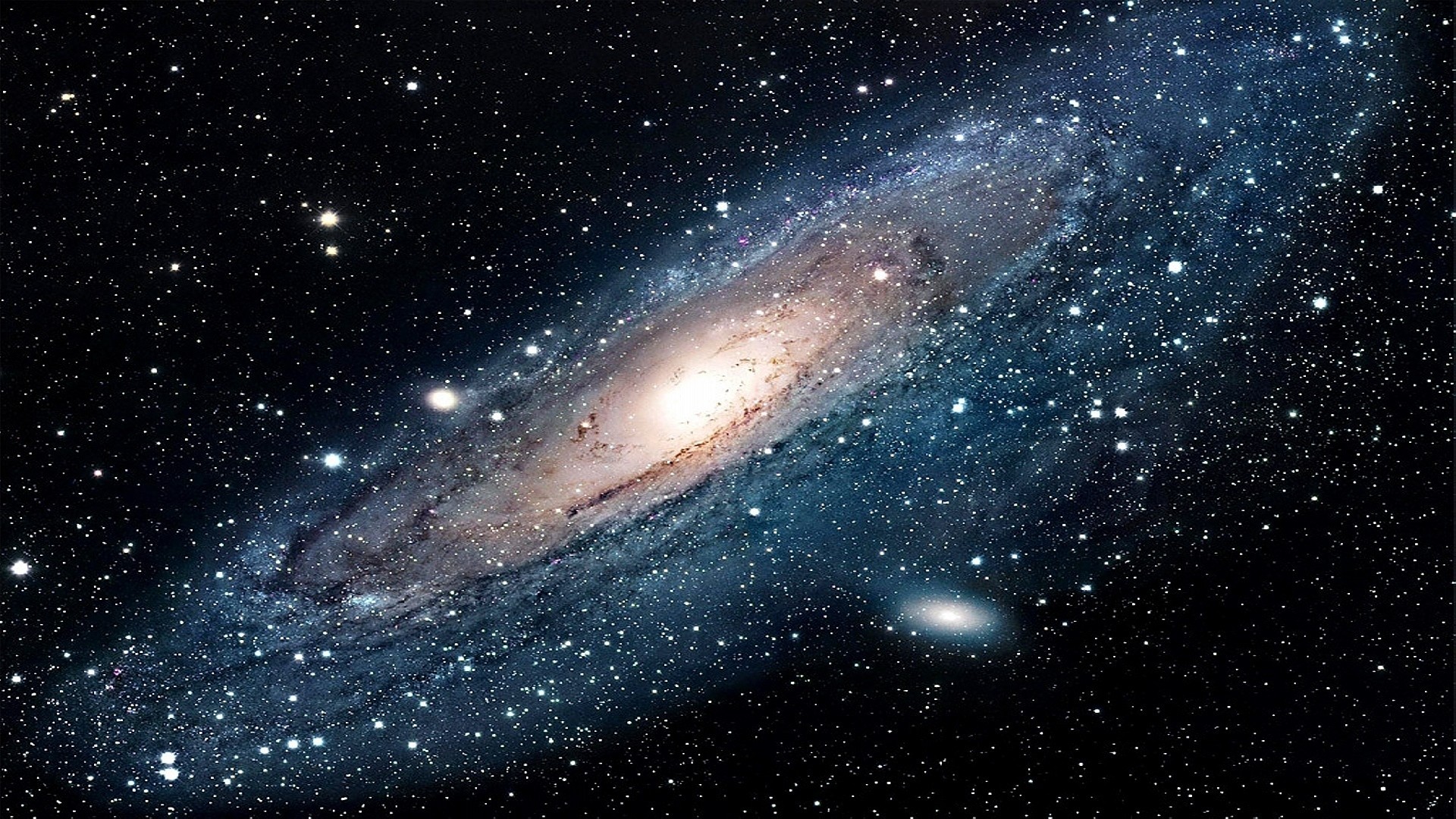Going beyond the final frontier
With all of the recent advancements in scientific technology, how little we know for certain is pretty shocking. Since the Soyuz 1 was launched past our atmosphere, we have strived to better understand the vast universe that we live in. From barely being able to see all the planets in our solar system, we can now view planets in other solar systems light years away.
With seven new Earth-like planets found orbiting a red dwarf 40 light years away, we’ve hit another high in space discovery. These seven planets are located in the Goldilocks zone, with three of the planets in a habitable area. In this zone, planets are in the same conditions as the Earth and could even have Earth-like qualities. The planets are close to a large Red Dwarf, much closer than any planet in our solar system that could have liquid water. In fact all seven planets are closer to the Red Dwarf then Mercury is to the Sun.
Using the Spitzer space telescope, NASA was able to determine that six of the seven planets are almost certainly rocky and that the planets are also very close to each other. So close that if a person was standing on one of the planets’ surfaces, they could look upwards and possibly see geological features or even clouds. These planets could be prime candidates for life on another planet and human exploration.
While this discovery is important and also very exciting in our search for life outside of Earth, there are some serious issues with this cluster of Earth-like planets.
The first of these issues is the most obvious: distance. While 40 light years is much closer than other similar planets that NASA has previously discovered, it is still a distance far too great for humans to reach as of now. Even with the in development EM drive, spaceships do not travel nearly fast enough or hold enough fuel to make the trip. To put 40 light years in perspective, that’s roughly 235 trillion miles away, a long distance by any stretch of the imagination. This obviously rules out any sort of exploration past the edge of our solar system in our lifetime. However, with the exponentially increasing speed in which we make new discoveries in the field of science and, specifically, space, nobody really knows what our next discovery will be.
The far less obvious, but equally troubling issue, is the act of actually travelling at the speed of light. The easiest way to eventually get to this distant solar system would be to develop a system of travel that comes as close to light speed as possible. As close to because there is no way to travel as fast or faster than the speed of light, according to the laws of physics. Travelling that fast would mean getting to the solar system in roughly 40 years. This is, of course, assuming stasis has been invented so the 40 years is not an issue. The massive issue here would be time dilation, a concept explored often in more ‘hardcore’ science fiction novels, broken down into an extremely complex equation using the Lorentz factor and Einstein’s Theory of Relativity.
Time dilation means that moving at the speed of light, or very nearly the speed of light, would cause time to move faster for those within the spaceship moving at said speed. By the equation, a trip 40 light years away would seem like only one half of a year to those within the spaceship. This creates the issue that once we reach these planets and make any attempt to come back or make contact, 40 years would have passed on Earth. This is a psychological and scientific issue we have yet to discover a solution too.
Even with the very important problems with even attempting to reach this solar system, we must remember that we are still not quite at the technological point to be able to achieve this. With the upcoming James Webb Space Telescope, launching in 2018 with its highly enhanced sensitivity, even more headway will be made towards the analyzing of these planets. And with flights to Mars in the near future, we are slowly but surely going where no man has ever gone before.
Featured photo courtesy of NASA

